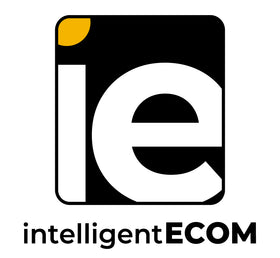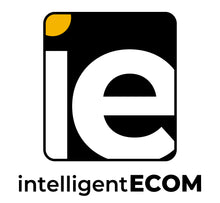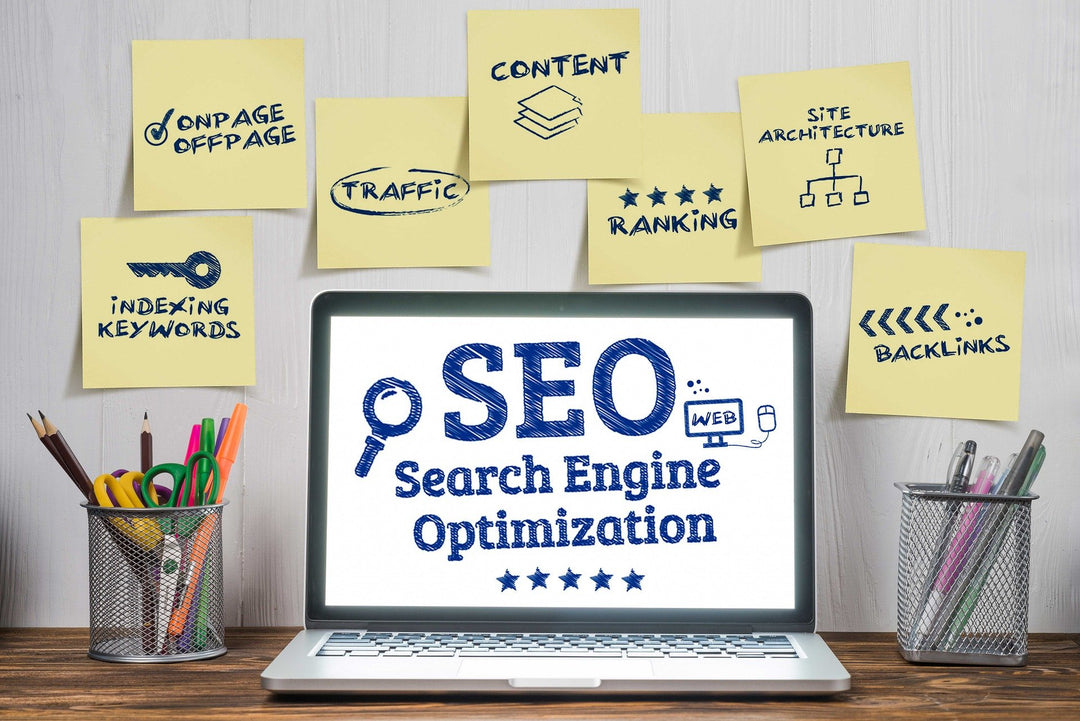Google's Policy Change 2021: A Glimpse on the Shopify Partnership & Massive Expansion
Brand new Google policies have shaken the eCommerce platforms. Privacy features, updates in analytics, AI technology, and Shopify integration are going to increase privacy, visibility, trust, and conversion rate.
The era is crucial for online marketers. Understanding the new policies and optimizing the stores for a big transformation is the need of the hour. Within the privacy-enabled digital space, appearing closer and relevant to the customer is the only way to push conversion.
To help merchants find a reliable and visible platform in the third-party cookie-less digital space, Google announced some innovative and responsive eCommerce features:
- Shopify Integration
- The Shopping Graph
- Google Lens
These interactive features promise small and medium merchants enhanced opportunities in the digital world. They ensure a platform to directly track customers' journeys across the Google platforms.
Exploring the Possibilities in Google- Shopify Integration
"Shopping ads drive 76% of retail search ad spend, and generate 85% of all clicks on Google Ads or Google Shopping campaigns".

eCommerce merchants need a potential platform to reach consumers. If Google is the best search engine, then Shopify is the best e-commerce platform. And recently, the top giants have announced the great merger promising the 1.7 million merchants a convertible platform to hook customers.
Discoverability is a significant factor that pushes sales and revenue. Even if you have quality-driven stellar products, but fail in optimizing your products for a wider audience, the entire business goes futile. So, strategic marketing is the success formula for eCommerce businesses.
Google's shopping journey started long before. Customers want a seamless shopping experience that helps them to see organic results based on their shopping behavior. With the onset of the pandemic, 84% of consumers prefer online shopping sites over traditional stores.
The new partnership drive will give small to medium enterprises the benefits of competitive Google cloud computing technology. The free access on Google's Free Shopping Listings has catered to a 70% increase in the overall product catalog. Moreover, it provides online vendors with increased store speed and access to find buyers and serve them directly on the Google platform.
You can easily connect your Shopify platform with Google by changing your sales channel and allowing Shopify to access your Google account information. Also, here you can easily choose the preferred Google service you need out of the three options:
-
Free Listing
Optimize your products for relevant search appearances.
-
Marketing
Set up relevant paid campaigns to track customers
-
Product Feed
Syncs Shopify products to Google Merchant Centre
Understanding the nature of discoverability is also crucial. Soon, Google will incorporate many AI integrated features to help brands feature personalized content that boosts them to stand out in the crowd.
A Glimpse On the Shopping Graph

The integration is a concrete step that focuses on helping merchants appear visible across Google platforms without any kind of commission fees. To offer customers reliable support and choices, it is necessary to find information from the vendors about the products they are selling.
How can Google find billions of data from different vendors and brands?
Well, the brilliance of AI integrated knowledge graph helps Google to show the real-time status of products. Thus, helping the search engine and vendors to update status on the Google platform without manual entry. Understanding the constantly changing nature of products is necessary to bring customer-oriented relevant results. The AI technology continuously monitors inventory status and automatically updates it on to the Google shopping platform.
The Shopping Graph enabled with AI model helps to bring over 24 million vendors across the world to Google's shopping lists. This graph looks into the brand website, prices, SKU, reviews, images & videos to maintain transparency and help customers choose the right one.
Let's flip through some of the core benefits of the Shopping Graph to understand the nature of the page experience offered to your customers:
- People look for solutions on the search engine. Displaying your merchant ship on Google helps you come up with solutions by understanding consumer behavior.
- Easy discoverability helps to build trust. Customers look for more information. They want to know how the products influenced the people around them. Transparency in the AI-integrated knowledge graph information helps to analyze customer behavior and generate customized result pages.
- Knowledge graph enhances user experience by conjoining related information on the same page. Users get a visual representation of keyword-based results and related searches on the same page.
- Reviews and feedback can be easily accessed through a knowledge graph. Customers don't need to sign in and follow long procedures to give feedback.
Tracking Productivity features in Google Lens
Google Lens is an innovative digital technology that helps you track additional information about a product or service by providing Google visual cues. You saw a dress, just click the picture and ask Google, you will get all the information about the product online. Sounds Interesting? Well, there is a lot more you can do by exploring the possibilities in Google Lens.

Google Lens provides enormous benefits to eCommerce. But many marketers fail to understand how Google Lens works. The visual recognition feature in Google Lens helps customers to connect virtual shopping platforms with the physical world. When a person long clicks on an image, the Google lens enabled devices show platforms that sell identical products. Google Lens makes use of OCR (Optical Character Recognition), Knowledge Graph & Artificial Neural Network to find reliable and relatable information.
To make use of the Google Lens feature for increasing eCommerce store visibility, marketers need to optimize their images according to the SEO. Here are some crucial Google Lens optimization tactics that can help you appear relevant:
- Optimize image name & alt text to provide Google information about visual content.
- EXIF & IPTC data shows details like time of publishing, author, and geolocation that make tracking easier for Google.
- Large-size images reduce page speed. Use compression tools to compress image size and lower loading time.
- Provide high-quality images that are not blurred and are unevenly cropped. Google does not recognize such images.
With Google Lens, consumers have got a new approach to search and find products and services. Moreover, marketers gained tremendous insight to grab attention and generate desire.
Keep Your Fingers Crossed & Kick Start Your Transformation Journey
Google's algorithm is consistently updating its performance to track users' demands and improve the relevancy of the search engine result page. Though webmasters are finding the constant algorithm change difficult to process, the abundant page experience it offers has had a great impact on search engine optimization.
Understanding Google's policy changes and integrating your eCommerce platform with brand new features is necessary to prepare your store for the future market. Join eComIntegrate to learn the possibilities in Google's drive towards privacy and transparency.
What's Next: Exploring Possibilities in AI-Driven eCommerce
[nerdy-form:11564]





Leave a comment